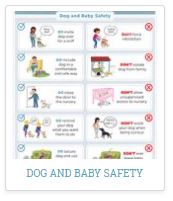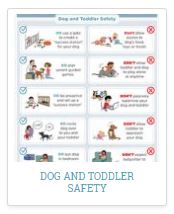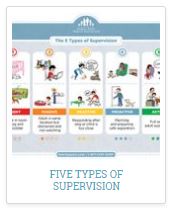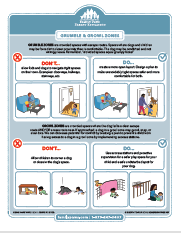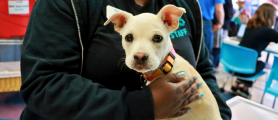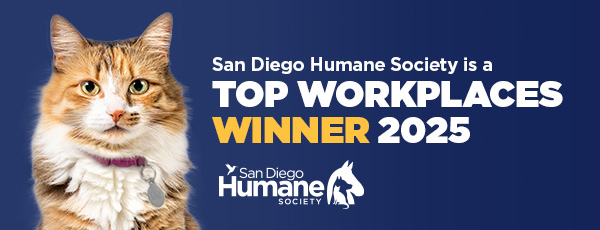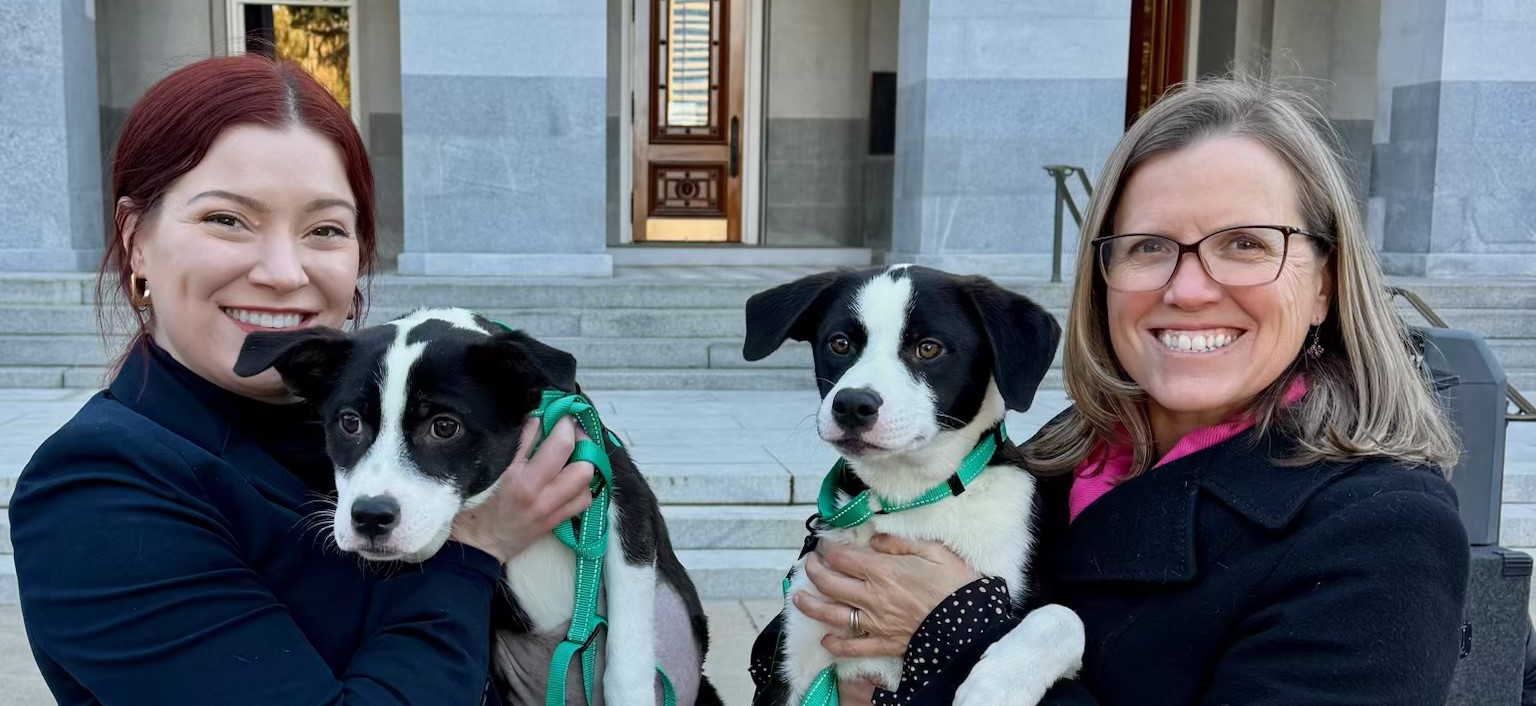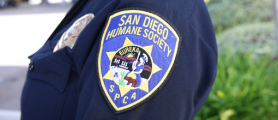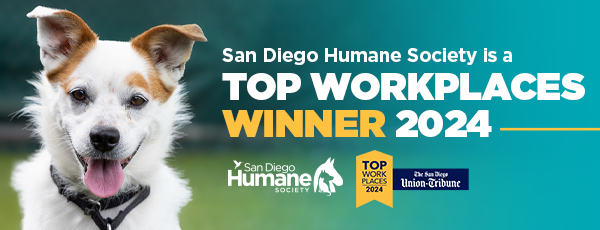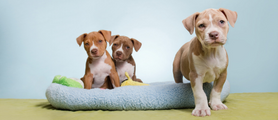Dogs and Babies

The pairing of children and dogs can seem idyllic, but the reality is to ensure the safety of both parties, it’s crucial that all interactions between the two are closely supervised.
Whether you have a new pet or they’ve been part of your family for years, introducing a child into your home environment (or bringing a new pet home to children) changes the dynamic in a way that most parents don’t realize. Tragically, this oversight can result in injury – or worse – to unsuspecting children.
Here’s what parents need to know about safely integrating children, babies and dogs in your household.
Interactions between children and dogs
From a dog’s perspective, there are several nuances about children that will often make them feel uncomfortable. For example, the small stature of most children puts them at eye level with most dogs. In the canine world, frontal approaches and direct eye contact are perceived as threatening. So since a child’s default greeting is to wrap their arms around a dog’s neck, grab at their faces or lean in for a kiss, this places them at a higher risk for a dog bite or injury.
High pitched shrieks, squeals and sudden bursts of movement from children can also function to startle a dog or make them nervous. There are also the curious children, who deliberately will pinch, grab and yank at dog ears or tails.
For these reasons, it is imperative to supervise all interactions between children and pets. Additionally, take the time to talk with your child about the proper ways to greet and handle a dog:
- When first meeting, kneel down parallel to the dog. Don’t “square off” with a dog by facing her directly with your full body. Avoid direct eye contact and offer soft and slow blinks – this is something dogs perceive as submissive and works as a calming signal.
- If the dog allows you to approach, gently pet her underneath her chin, on her chest or her back (don’t reach over her head). These are the spots where dogs are most comfortable being touched.
- Do not go in for a hug or a kiss. Do not grab at or touch the dog’s face. Although these are gestures of endearment for humans, dogs don’t know that, and perceive these behaviors as threatening.
- Never approach a dog who is sleeping, eating, chewing on a toy or bone or caring for puppies.
- Always ask the pet parent first before petting the dog.
Introducing your dog and new baby
Welcoming a baby into your world is a momentous change – for both you and your dog. This is why it is crucial to adequately prepare your pup in the months before the arrival of the newest addition to your family.
Here are several things you can do to prepare your pet for the upcoming changes:
- Brush up on your dog’s obedience skills – practice cues such as sit, down, touch, wait, leave it, drop it, go to bed, etc.
- Once your pup is responding to his/her cues consistently, try practicing them while sitting in a chair or walking around while cradling something in your arms. This will help prepare you and your pup for the real-life scenario.
- Practice short times of separation such as crating or waiting behind a baby gate. Your pup may not be able to be with you at all times once the baby comes, so practice in advance and reward your dog with treats when he’s patient.
- Accustom your pet to baby-related noises and equipment – play recordings of a baby crying, turn on the mechanical infant swing and use the rocking chair. Make these positive experiences for your pet by offering a treat or playtime.
- Identify what behaviors your dog offers when they want your attention and then decide if these are acceptable behaviors for when a baby comes. For example, barking for your attention, jumping on your lap or nuzzling your arm or hand for pets.
- Train your pet to remain calmly on the floor beside you until you invite him on your lap, which will soon cradle a newborn. Never allow your dog to have direct access to the baby, whether alone or supervised.
- Consider enrolling in a training class with your dog and practice training techniques. Register online for San Diego Humane Society’s Level 1: Marvelous Manners class.
- Find a licensed Family Paws Parent Educator in your local area: http://familypaws.com
- Finally, plan ahead to make sure your pet gets proper care while you're at the birthing center.
After the baby is born
- When you return from the hospital, have someone else take the baby into another room while you give your pet a warm, but calm, welcome.
- Your pet does not have to directly interact with your baby when you get home. Introductions should be calm and done when all are ready.
- Your dog does not need to directly sniff the baby in order to be introduced, however, if you would like your dog to sniff the baby, try the foot and avoid the head.
- Including your pet in the bonding process is important however they do not need to be directly in the midst of everything. Baby gates or crates are wonderful ways to safely allow your pet to be part of the experience while keeping them from directly interacting with the baby. Giving your dog an activity such as stuffed kongs or bones will allow them to make a positive association with your baby being in the room.
- Remember, all encounters between dog and baby must be with awake adult supervision. Never leave your baby unattended with your dog even for a second. Take the dog with you out of the room, shut the door to the baby room or crate them while you are gone.
- When taking pictures, always have an adult hold the baby.
- To prevent anxiety or injury, never force your pet to get near the baby, and always supervise any interaction.
Other helpful resources
The website www.familypaws.com is a foundation that is dedicated to offering free education, videos and training services for families looking to successfully integrate babies (or toddlers) with dogs in the household.
Published: August 30, 2016


